What Is the Best Cure for Gum Disease? How to Fix It?
Your Complete Guide to Treating and Reversing Gum Disease Effectively
Gum disease is one of the most common—and preventable—oral health issues today. Affecting nearly half of adults over age 30, it can range from mild inflammation to severe infection and tooth loss. If you’re wondering, “What is the best cure for gum disease? How do I fix it?”, this guide has the answers.
Whether you’re experiencing bleeding gums or have been diagnosed with periodontitis, this comprehensive blog will walk you through the most effective treatments, expert tips, and preventive strategies to restore your gum health.
🦷 What Is Gum Disease?
Gum disease, also known as periodontal disease, is an infection of the tissues that support your teeth. It begins as gingivitis, a reversible condition, and can progress into periodontitis, a more advanced stage that can damage bone and result in tooth loss.
🎯 Who Is This Blog For?
- Adults experiencing bleeding, swollen, or receding gums
- Patients recently diagnosed with gingivitis or periodontitis
- Individuals seeking natural remedies and professional solutions
- Anyone looking to prevent gum disease recurrence
🔍 Signs and Symptoms of Gum Disease
- Red, swollen, or tender gums
- Bleeding when brushing or flossing
- Persistent bad breath
- Gum recession
- Loose teeth or shifting bite
- Pus around teeth and gums
✅ What Is the Best Cure for Gum Disease?
- Professional Dental Cleaning (for Gingivitis)
Best For: Early-stage gum disease
Description: A thorough cleaning (prophylaxis) by a dental hygienist removes plaque and tartar buildup above and below the gumline.
Benefits:
- Non-invasive
- Often fully reverses gingivitis
- Immediate results with consistent hygiene
Expert Tip: Combine with daily brushing, flossing, and antiseptic mouthwash to maintain results.
- Scaling and Root Planing (Deep Cleaning)
Best For: Mild to moderate periodontitis
Description: This non-surgical treatment cleans deeper beneath the gums and smooths tooth roots to help gums reattach.
Benefits:
- Stops disease progression
- Reduces pocket depth
- Promotes gum tissue healing
Comparison: More intensive than regular cleanings but less invasive than surgery.
- Antibiotic Therapy
Best For: Moderate infections or as an adjunct to deep cleaning
Description: Topical or oral antibiotics target harmful bacteria.
Common Types:
- Chlorhexidine rinse
- Doxycycline gel
- Oral metronidazole or amoxicillin
Expert Tip: Antibiotics should never be used alone—always in conjunction with mechanical cleaning.
- Laser Therapy
Best For: Periodontitis patients preferring a minimally invasive option
Description: Dental lasers remove infected tissue and sterilize pockets with minimal bleeding.
Benefits:
- Less discomfort
- Faster healing
- No stitches
Comparison: A newer alternative to traditional gum surgery with promising results.
- Periodontal Surgery (Flap Surgery/Grafting)
Best For: Advanced gum disease with deep pockets or bone loss
Types Include:
- Flap surgery to lift gums and clean roots
- Gum grafts to restore receding gum lines
- Bone grafts to regenerate lost bone
Benefits:
- Saves teeth at risk of loss
- Long-term solution for severe cases
Expert Note: Post-surgical care is critical for success.
🌿 Natural Remedies and At-Home Care
While not a standalone cure for moderate or severe gum disease, these methods support professional treatment and prevent recurrence:
✔️ Salt Water Rinses
Reduces inflammation and bacteria.
✔️ Oil Pulling (e.g., coconut oil)
May reduce plaque and improve breath.
✔️ Antibacterial Mouthwash
Use ADA-approved products with chlorhexidine or cetylpyridinium chloride.
✔️ Improved Oral Hygiene
Brush twice daily with a soft-bristled toothbrush, floss daily, and consider an electric brush.
🧠 Comparison Table: Gum Disease Treatments
| Treatment | Best For | Invasiveness | Success Rate | Duration |
| Professional Cleaning | Gingivitis | Low | Very High | 1–2 sessions |
| Scaling & Root Planing | Mild to moderate periodontitis | Moderate | High | 1–2 visits |
| Antibiotics | Mild–moderate inflammation | Low | Moderate–High | 1–2 weeks |
| Laser Therapy | Moderate–severe cases | Low–Moderate | High | 1–2 sessions |
| Surgery | Severe periodontitis | High | Very High | Varies (healing) |
💡 Expert Tips to Fix and Prevent Gum Disease
- Don’t skip dental cleanings – Visit every 6 months (or more if advised).
- Quit smoking – Tobacco use drastically worsens gum disease.
- Eat for your gums – Include vitamin C, leafy greens, and probiotics.
- Replace your toothbrush every 3 months – or sooner if bristles are worn.
- Manage systemic health – Diabetes and cardiovascular disease can worsen gum health.
💬 Real User Intent: Why People Ask “What’s the Best Cure?”
Most people searching this question are looking for:
- Fast and effective solutions for painful or bleeding gums
- Ways to avoid tooth loss or surgery
- Natural options for treating gum disease at home
- Preventing disease from coming back after initial treatment
This guide is tailored to address those needs clearly and practically.
✨ Final Thoughts: Take Action Early for Healthy Gums
The best “cure” for gum disease depends on the stage you’re in. For gingivitis, professional cleanings and better oral care may be all you need. For periodontitis, timely deep cleaning or surgical care can save your teeth and protect your health.


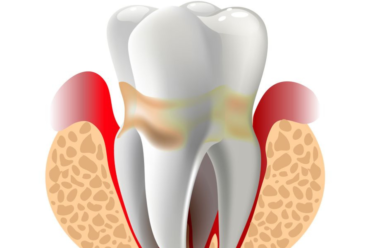
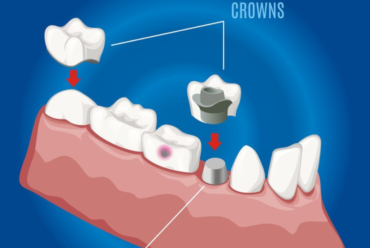
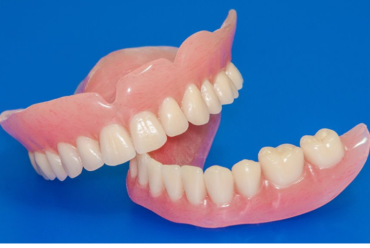
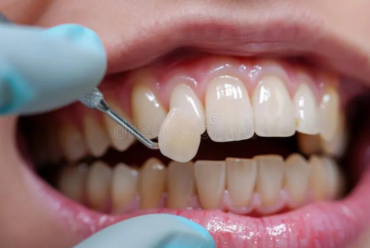
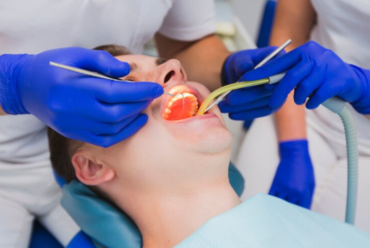
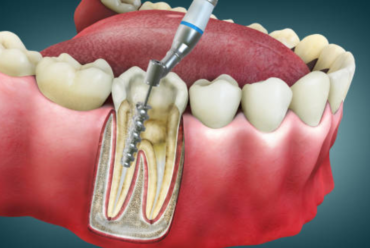
No Comments